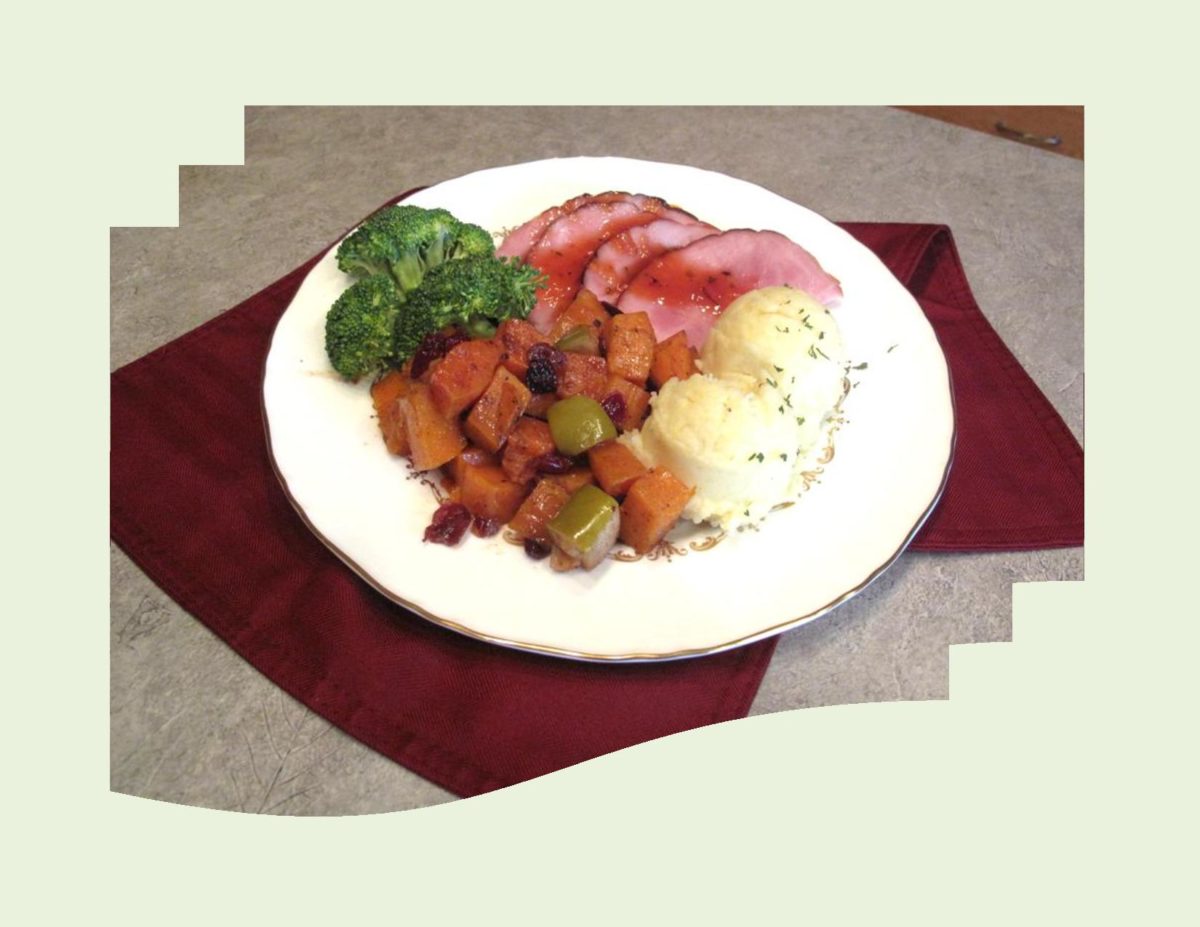There’s something very complex about the taste of sweet and spicy. Have you ever used hot pepper jelly? If not, its a preserve in a jelly form …. somewhere between jam and jelly. The main ingredients are peppers, sugar and vinegar which are combined with pectin to form a preserve.
Hot pepper jelly is such a versatile product, that there is no limit of different ways you can use it, depending on your taste preference.
I was thinking that if this recipe appeals to you and you purchase some of this jelly, here are a few other ways you could make use of it.
- Ham & Turkey Sandwich – use jelly instead of mustard
- Cocktail Meatball Glaze
- Serve on Cornbread – with or without butter!
- Dip for Egg rolls
- On a Bagel with Cream Cheese
- Sauce for Hot Wings or Chicken Tenders
- Topping for Baked Brie Cheese
- Glaze for Baked Ham
One thing about pork tenderloin is it will never disappoint when it comes to tenderness and flavor.

| Servings |
|
- 454 grams pork tenderloin
- olive oil
- 62.5 ml (2 oz.) hot pepper jelly
- 1/4 cup peach preserves
- 1 Tbsp EACH apple cider vinegar, Dijon mustard & light brown sugar
- 1 1/2 tsp fresh sage leaves, finely chopped
Ingredients
|

|
- Remove silver skin from tenderloin by sliding the knife tip under one end of the silver skin. Keep the blade flat (parallel to the meat) & slide the knife between the meat & the silver skin, pulling up on the sliver skin as you go. Discard silver skin. Remove any excess fat if any.
- In a small saucepan, heat jelly, preserves, vinegar, mustard, brown sugar & sage to simmering over medium heat; stirring occasionally. Remove saucepan from heat.
- Preheat oven to 425 F.
- After trimming the meat, brush it all over with a generous amount of olive oil. Place the tenderloin in a skillet that has been heated to a hot temperature previously. Sear tenderloin about 1 1/2 minutes on each quarter turn.
- Place meat on a piece of foil paper in a roasting pan. Lightly coat the meat with some of the glaze using a brush so it will spread evenly. Roast tenderloin for about 25-35 minutes depending on the size of your tenderloin.
- Insert a probe thermometer into the thickest part of your meat & check the temperature. The pork will continue to cook for about 10 more degrees outside of the oven & then will stop cooking after that. Once out of the oven, Generously brush meat with remaining glaze. Allow to rest between 5 & 10 minutes before slicing.
- I had actually doubled the glaze recipe so we would have some extra since we both enjoy pepper jelly. Strangely enough, it tasted real good not only on the meat but the mashed potatoes we had with it.








